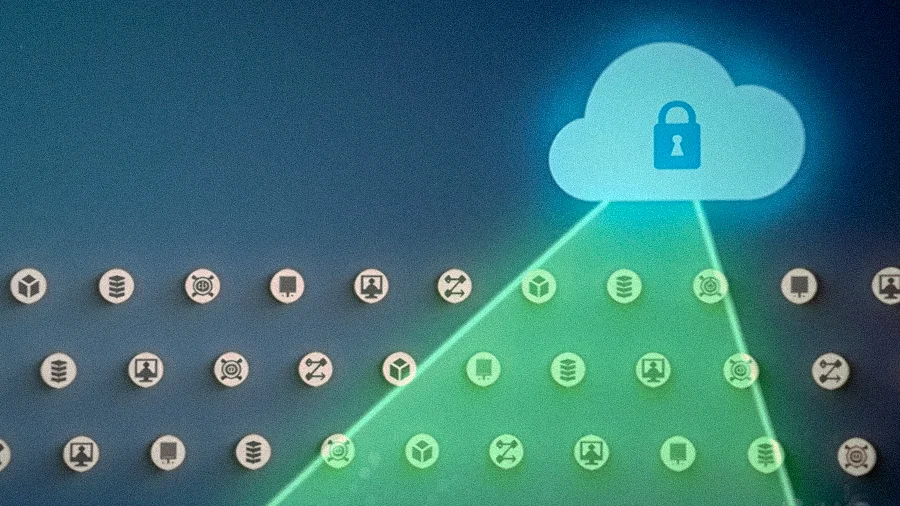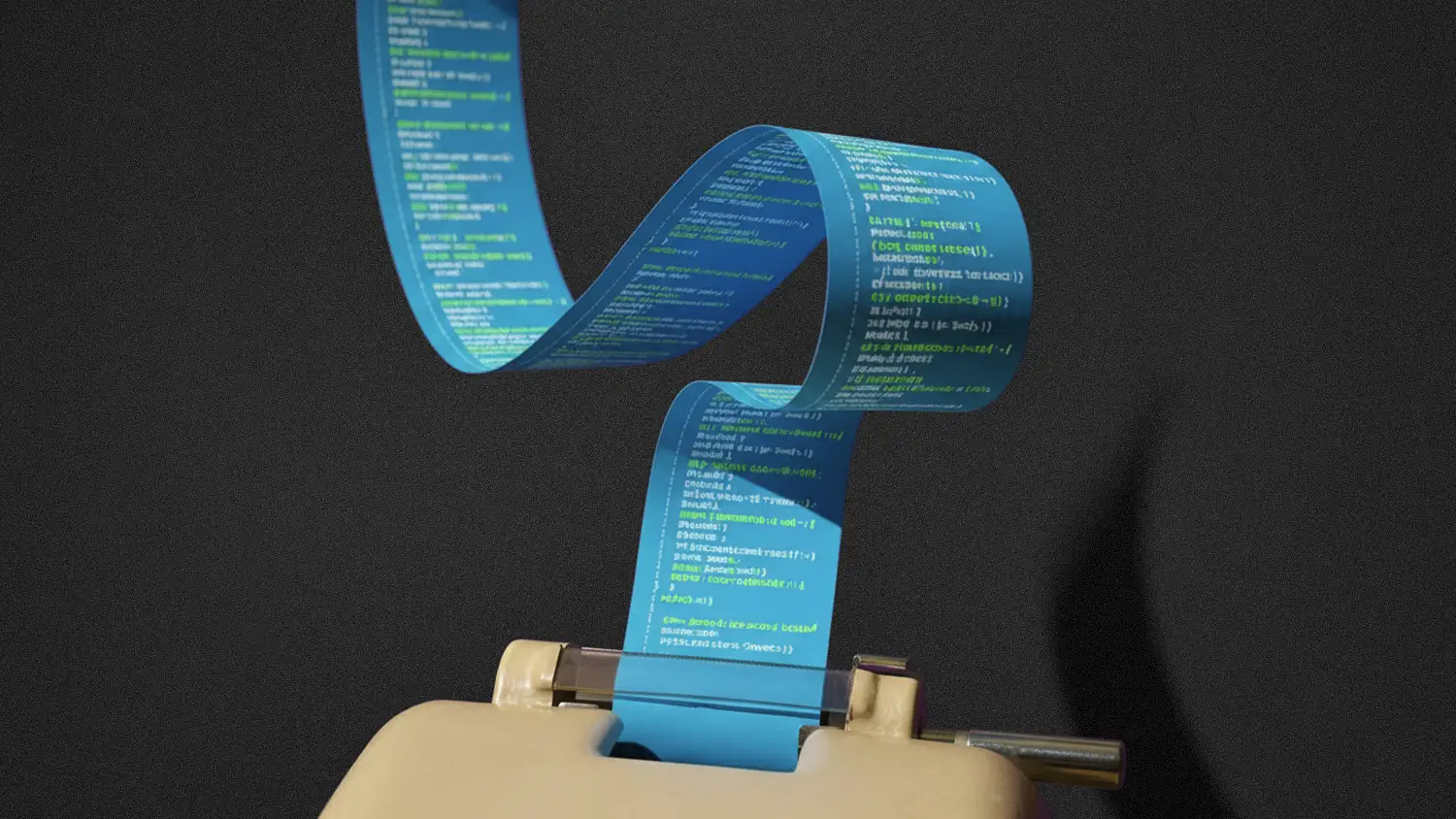
All articles
In the Autonomous AI Era, Zero Trust is Becoming an Architectural Mandate
Kishore Vutukuri, an Enterprise Architect at EY, explains why Zero Trust is a mandatory architecture for securing enterprises in the age of AI.

Key Points
- As the traditional perimeter disappears with AI agents, organizations are redefining security around data, context, and continuous validation.
- Kishore Vutukuri, an Enterprise Architect and CoE Head at Ernst & Young, explains why Zero Trust is now an architectural mandate to manage the entirely new user category of AI agent.
- By labeling every piece of data, enforcing dynamic access policies based on context, and embedding a 'shift-left' security culture, organizations can build resilient systems that preserve user trust in the age of AI.
Zero Trust Architecture is about determining who can access the data, from where, from which devices, why, for how long, and how frequently. Based on those factors and the data's sensitivity, a policy must be in place to grant the right data to the right device, resource, user or agent.

The views and opinions expressed are those of Kishore Vutukuri and do not reflect the views of any organization or publication.
With users, devices, and workloads everywhere, the traditional security perimeter is disappearing. Emerging in its place are new boundaries defined by data access, context, and continuous validation. Now, autonomous AI agents are accelerating this shift, creating novel security challenges and demanding a far more sophisticated approach to identity and access management.
Kishore Vutukuri, Enterprise Architect and CoE Head at Ernst & Young, has spent his career executing these very transformations. With a background at firms like Brillio, Netcracker Technology, and CSG, his developing perspective was only crystallized by a series of events in 2020: the formalization of Zero Trust Architecture in a NIST white paper, the security failures exposed by the SolarWinds breach, and a global pandemic. For Vutukuri, the experience made it clear to him that Zero Trust is an architectural mandate, not a buzzword.
"Zero Trust Architecture is about determining who can access the data, from where, from which devices, why, for how long, and how frequently. Based on those factors and the data's sensitivity, a policy must be in place to grant the right data to the right device, resource, user or agent." Zero Trust Architecture asserts simple but unforgiving principles: never trust, always verify, enforce least privilege, and assume breach. Ideally, the system would make doing the wrong thing difficult by design, he explains. But the arrival of AI introduces a critical new complication.
New user in town: Modern security leaders must address an entirely new user category. "We traditionally had internal users, external users, and system users. Now we have agents: a new user category," Vutukuri says.
Poisoning the well: As a result, new approaches to workload authentication are also needed. "Consider an agent built to get a balance from a loyalty system," he explains. "Its MCP agent-to-agent protocol can be poisoned to get additional information, far more than just the loyalty bonus. An attacker could gain complete database access by manipulating the prompt, similar to prompt injection or MCP poisoning."
But these policies are only effective with a foundational layer of data control. Here, Vutukuri lays out a clear, three-part blueprint.
A label for every byte: "Every attribute stored in a transactional database must be labeled with metadata defining who can access it and for what purpose. That's the first thing." After that is end-to-end encryption, Vutukuri explains. "Only the active, required transactional data, let's say one to three months' worth, should remain in the primary database. The rest must be encrypted and moved to a secondary, archived database with highly restricted access granted only to teams like audit support."
Anonymous insights: Then come strict rules for data segmentation and obfuscation, like those required by GDPR. "From an analytics point of view, personally identifiable information (PII) should never be used in its actual form. All data fed into an analytical system must first be obfuscated, masked, or translated into something else." Meanwhile, "Developers and operations teams should not have access to production data," Vutukuri explains. "Because that data is labeled, it's not for them. As developers, they only need the logs to see how the system and its microservices are working."
For this technical architecture to be effective, its principles must be embedded within the organization's culture, Vutukuri continues. In agile environments where developers can spin up resources faster than IT can track them, security is built into the architecture itself. "Security is no longer the sole responsibility of the cybersecurity team. It is everyone's responsibility, from top to bottom. It's a 'shift-left' psychology that must be embedded in every phase of the SDLC, from product management to deployment."
Ultimately, Zero Trust is a discipline of trust preservation, Vutukuri concludes. For him, it's about architecting resilient systems that protect the contract of trust between a user and an enterprise, even in the event of a breach. "If we don't follow Zero Trust Architecture principles, the system is designed for failure. Zero Trust is not about preventing breaches—breaches are assumed. It is about minimizing impact, preventing lateral movement, and controlling access with precision." With the explosion of different users, agents, AI, and data, Zero Trust is no longer an option, he concludes. It is a mandatory step every enterprise must take.





